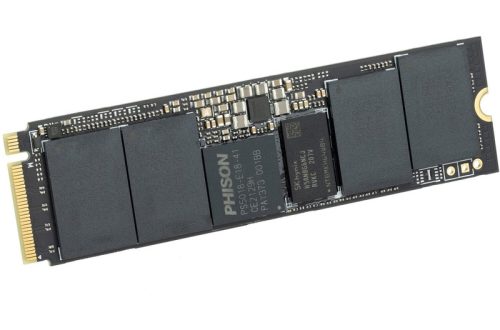Drones, once relegated to the realm of military applications, have become a ubiquitous presence in our skies. These unmanned aerial vehicles (UAVs) have revolutionized the way we explore and interact with the world around us. From capturing breathtaking aerial photography to assisting with scientific research, drones offer a unique perspective and a wealth of possibilities for exploration.
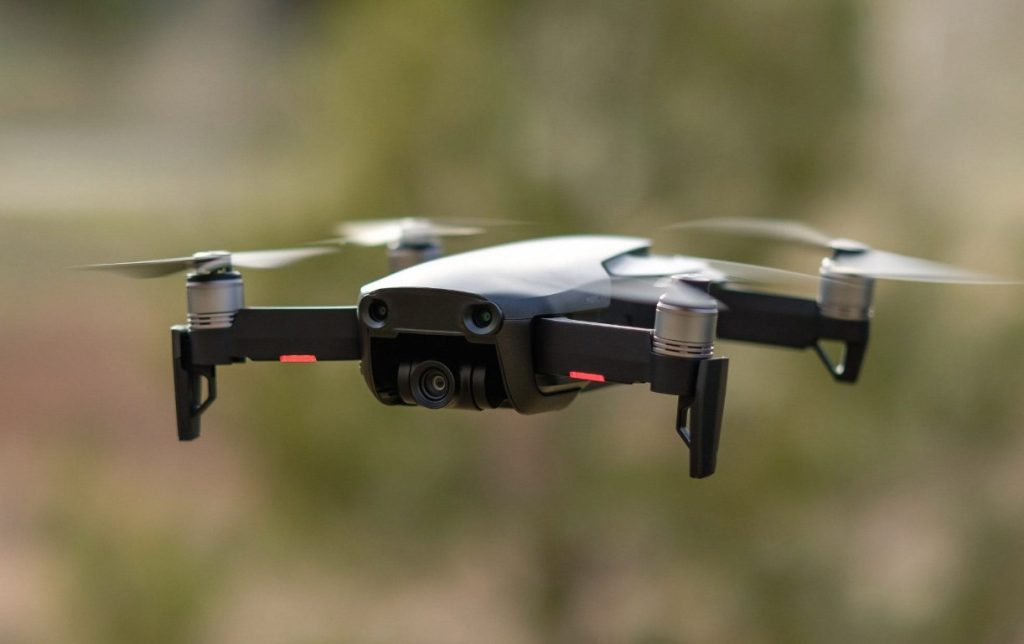
Part 1: Unveiling the Invisible
Seeing the World from a New Angle:
Drones have the ability to access areas that are difficult or even impossible to reach on foot. Imagine soaring above a lush rainforest canopy, revealing the hidden wonders of the ecosystem below. Or, picture yourself hovering alongside a majestic mountain peak, capturing its grandeur from a previously unseen angle. Drones allow us to explore the world in ways that were never before possible, offering a fresh perspective on familiar landscapes and hidden gems alike.
Data Acquisition Made Easy:
Drones are not just for sightseeing; they can be powerful tools for data collection. Equipped with high-resolution cameras and specialized sensors, drones can be used to gather valuable information about our environment. From mapping remote areas to monitoring wildlife populations, drones offer a cost-effective and efficient way to collect data that would be difficult or time-consuming to obtain using traditional methods.
Part 2: Pushing the Boundaries of Exploration
Search and Rescue Missions:
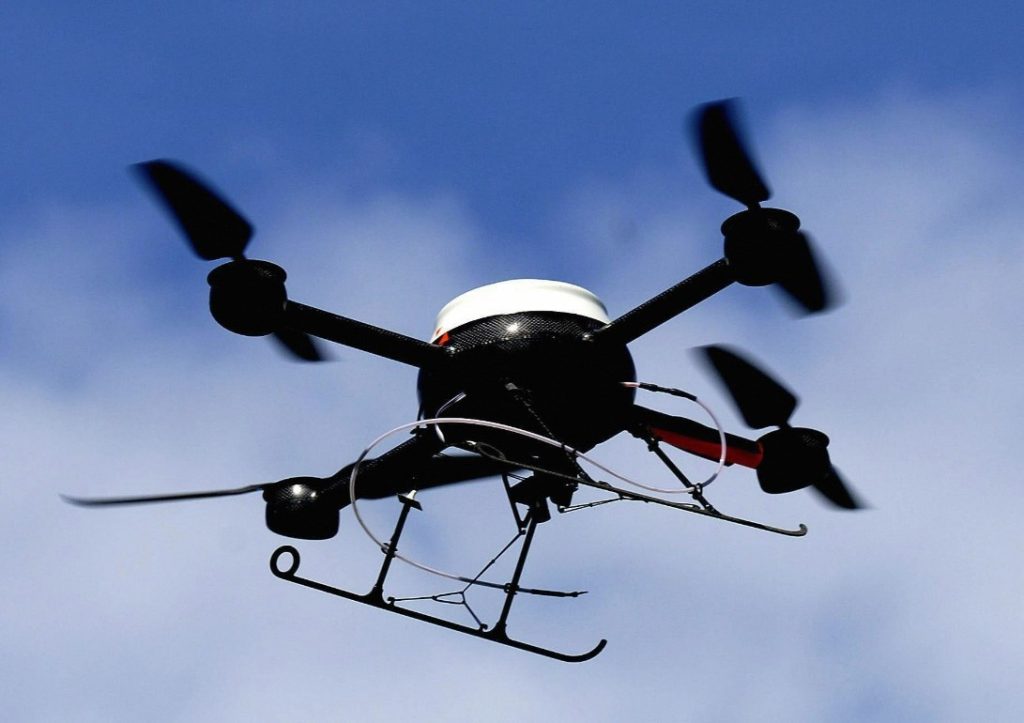
Drones have become crucial tools in search and rescue missions due to their efficiency and quick coverage of large areas. Their use in locating missing individuals or assessing damage after natural disasters has proved invaluable. Equipped with advanced technology such as thermal imaging cameras, drones can operate in low-light conditions or dense foliage, making it easier to spot survivors, potentially saving critical time. These capabilities have revolutionized search and rescue efforts, allowing responders to cover vast areas quickly and efficiently, increasing the chances of finding and aiding those in need. With the ability to provide real-time data and imagery, drones have become vital assets for search and rescue teams, improving their effectiveness and ultimately saving lives. This technology continues to evolve, expanding the possibilities for future search and rescue operations.
Reaching New Heights in Science and Research:
One of the major advantages of using drones for research is their ability to capture high-resolution images and videos, leading to more detailed and accurate data collection. Drones can also be equipped with various sensors, allowing scientists to measure and monitor environmental parameters such as air and water quality, temperature, and humidity. In addition, the use of drones reduces the cost and risk associated with traditional field surveys. It also allows for more frequent and consistent data collection, providing researchers with greater insights into the changes occurring in the natural world.
Furthermore, drones can be equipped with advanced technology such as Lidar and thermal imaging, which can further enhance the scope and depth of scientific research. With ongoing advancements in drone technology, it is clear that they will continue to play a significant role in advancing scientific knowledge and understanding of our planet.
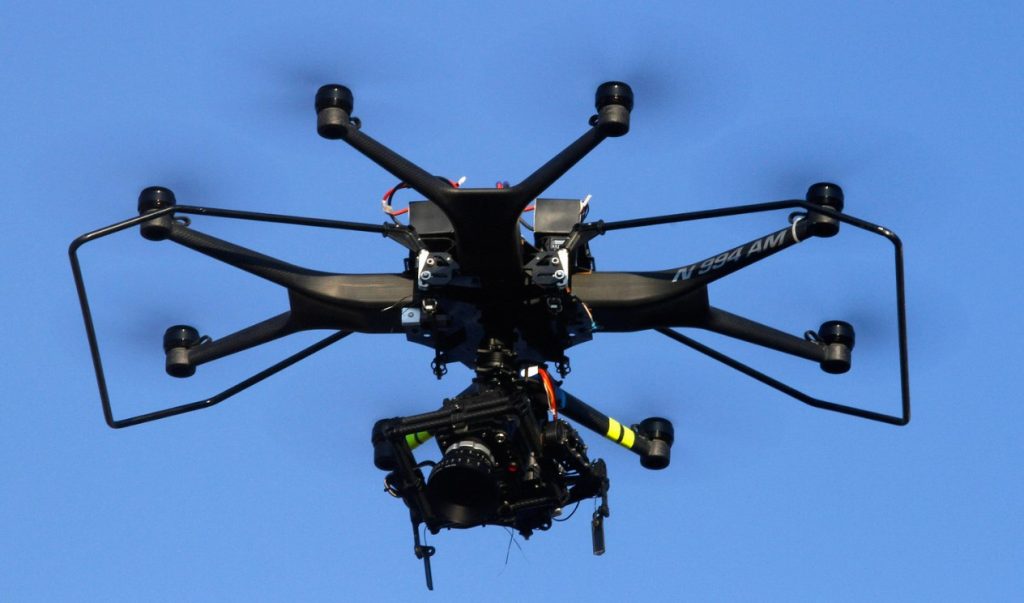
Part 3: The Responsible Drone Pilot
Safety First: Understanding the Rules of the Sky:
When flying a drone, it’s important to stay updated on the rules and regulations. Make sure you know the airspace restrictions and any specific no-fly areas in your location. Keep a safe distance from people, buildings, and vehicles to avoid accidents or damage. Be mindful of privacy concerns and avoid capturing footage of private property or individuals without their consent. Always prioritize safety by conducting pre-flight checks, monitoring battery levels, and being aware of weather conditions. Additionally, be mindful of the impact your drone can have on wildlife and the environment, and avoid flying in sensitive areas. By following these guidelines, you can ensure that you are flying your drone responsibly and minimizing any potential risks or negative impacts.
Flying with Courtesy and Consideration:
When piloting a drone, it’s essential to adhere to responsible and ethical guidelines. This includes being acutely aware of your surroundings and avoiding flying near sensitive areas such as airports, wildlife habitats, or locations where people seek peace and quiet. By exercising restraint and mindfulness, drone pilots can ensure they do not disturb or pose a risk to others.
Using drones for positive and constructive purposes is also crucial. Respect individuals’ privacy and refrain from engaging in activities that could be perceived as intrusive or disruptive. By doing so, people can effectively and responsibly utilize drones for various beneficial applications, such as aerial photography, mapping, wildlife conservation efforts, and search and rescue missions, all of which contribute to societal and environmental well-being. Ultimately, responsible drone piloting entails prioritizing safety, respecting privacy, and minimizing potential disturbances, thereby fostering a harmonious and positive coexistence between drones and their surrounding environment.
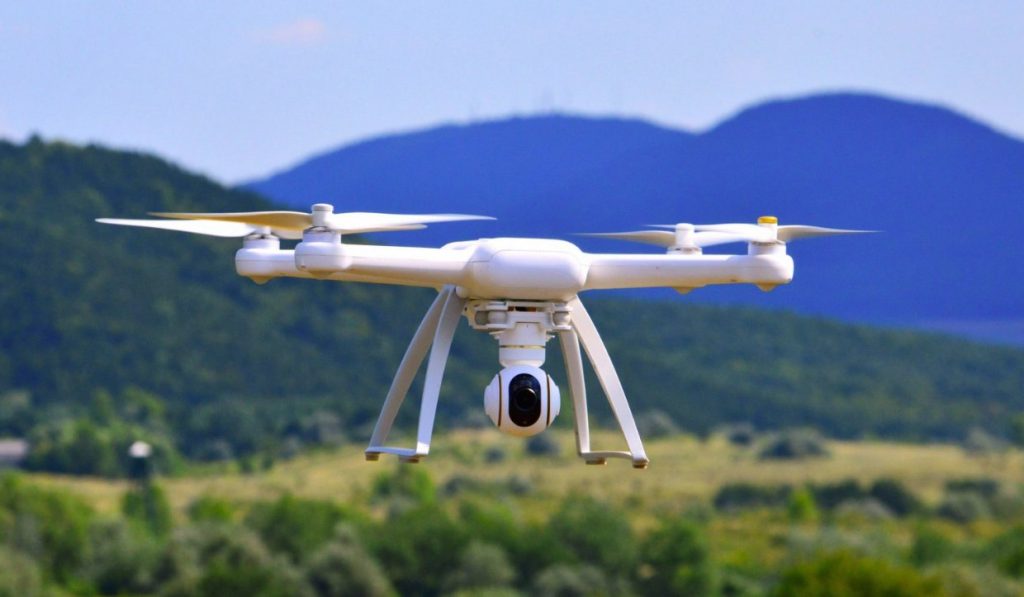
Part 4: The Future of Flight
Drones: A Delivery Revolution?
The potential applications of drones extend far beyond exploration and research. Drone delivery services are being piloted (pun intended) around the world, offering the possibility of faster and more convenient package delivery. Imagine receiving your online order within minutes of placing it, delivered by a silent drone hovering outside your window. While regulatory hurdles remain, drone delivery has the potential to revolutionize the way we receive goods.
Unmanned Taxis Taking Flight?
The concept of flying cars has long captured our imagination. While traditional flying cars may still be far off, passenger drones are being explored as a potential future mode of transportation. Imagine hopping into a personal drone for a quick commute or a scenic sightseeing tour. Drones offer truly exciting possibilities for personal transportation, but we need to address safety and infrastructure considerations before this becomes a reality.
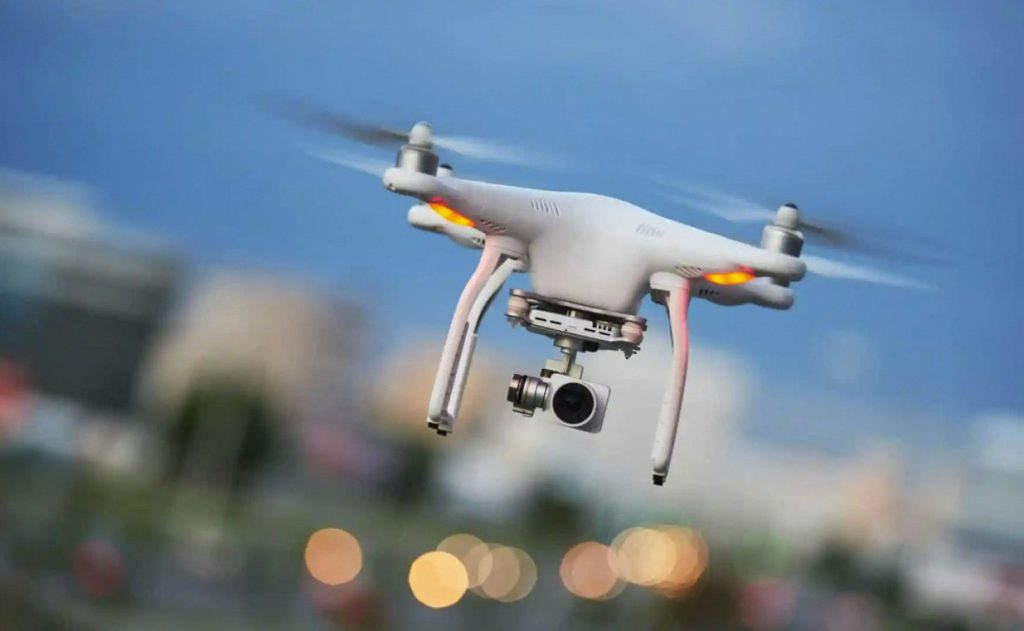
In conclusion, drones have opened up a whole new world of exploration possibilities. From offering breathtaking aerial views to assisting with scientific research, drones are transforming the way we see and interact with the world around us. As drone technology continues to evolve, we can expect even more innovative applications to emerge, shaping the future of exploration, delivery, and even transportation. The sky, it seems, is no longer the limit.


